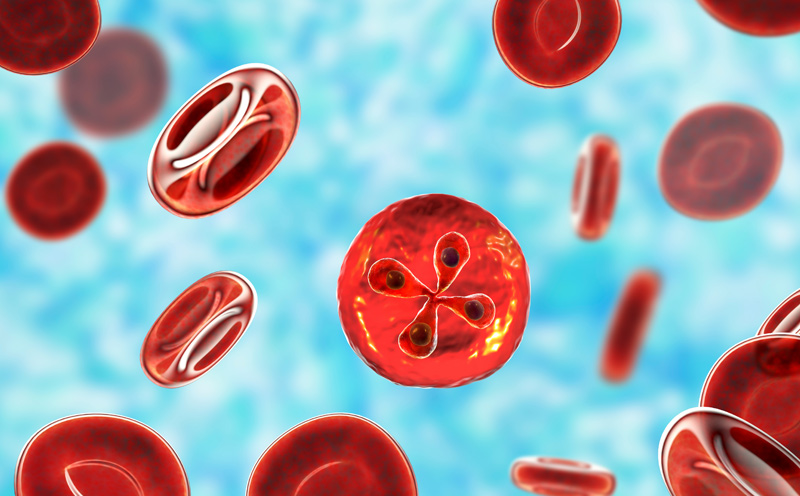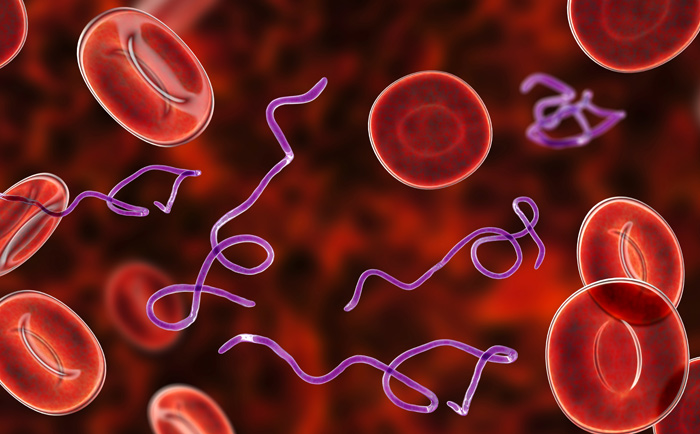Lyme Disease
Lyme Disease
The Role of Co-infections
Lyme disease co-infections are increasing
The importance of treating co-infections

Co-infections exacerabate symptoms
Lyme Disease Co-infection
Babesia
There are over 100 known species of Babesia, a parasite, but only a few warrant concern for humans. Most cases involve Babesia microti and Babesia duncani. The severity of Babesiosis infections can vary.
Some individuals can present with flu-like symptoms, which include irregular fevers, chills, sweats, lethargy, headaches, nausea, body aches and fatigue. The disease can cause a specific type of anemia, called hemolytic anemia, since the parasites infect and destroy red blood cells.

The organism can be transmitted by tick bites or through contaminated blood transfusions. Babesiosis is treated with a combination of anti-malaria medications and antibiotics. The disease can be life-threatening to patients with weakened immune systems and the elderly.

Lyme Disease Co-infection
Ehrlichia
Ehrlichiosis is a tick-borne bacterial infection that kills white blood cells. The infection is caused primarily by Ehrlichia chaffeenis. Several other species have been shown to cause infections in humans, as well.
While some patients are asymptomatic, others experience flu-like symptoms, such as fatigue, fevers, headaches, and muscle aches. If left untreated, Ehrlichiosis can become severe and require hospitalization.
Lyme Disease Co-infection
Anaplasma
Anaplasmosis is caused by the bacterium Anaplasma phagocytophilum. Clinical presentations are similar to Ehrlichiosis but the causative agents are different. Symptoms can be non-specific, but typical symptoms include headaches, fever, chills, malaise and muscle aches.
Anaplasmosis was previously known as Human Granulocytic Ehrlichiosis, or HGE. The disease can be difficult to distinguish from Ehrlichiosis, Lyme disease, and other tick-borne illnesses.


Lyme Disease Co-infection
Bartonella
The Bartonella bacteria can cause several diseases in humans. Studies have focused primarily on “cat scratch fever,” caused by Bartonella henselae. This disease is transmitted through a flea bite or cat scratch/bite. However, various Bartonella species have been found in ticks. Species have been identified in Black-legged ticks in northern New Jersey and in Western Black-legged ticks in California.
Several studies found that symptoms were more severe in patients who were infected with both Borrelia burdorferi and Bartonella henselae. Some patients present with a streak-mark rash. The underlying cause of the rash needs further study. Early symptoms usually include: fever, fatigue, headaches, and swollen glands.
Lyme Disease Co-infection
Southern Tick-Associated Rash Illness (STARI)
Southern tick-associated rash illness (STARI) is an emerging tick-borne illness related to Lyme disease and was identified in the southeastern and south-central United States. It is sometimes referred to as the Masters disease. STARI is believed to be transmitted by the Lone Star tick. The causative agent has not been clearly identified, and there are no commercial tests available.

The hallmark sign of STARI is an EM-like rash, similar to that seen in Lyme disease. Individuals may also experience fevers, headaches, stiff neck, joint pain and fatigue. The long-term consequences of the illness are unknown.
Other tick-borne diseases include: Rocky Mountain Spotted Fever, Colorado Tick Fever, Powassan Virus, Borrelia miyamotoi and Rickettsiosis.
More About Lyme Disease
Learn More
Learn More
Learn More



